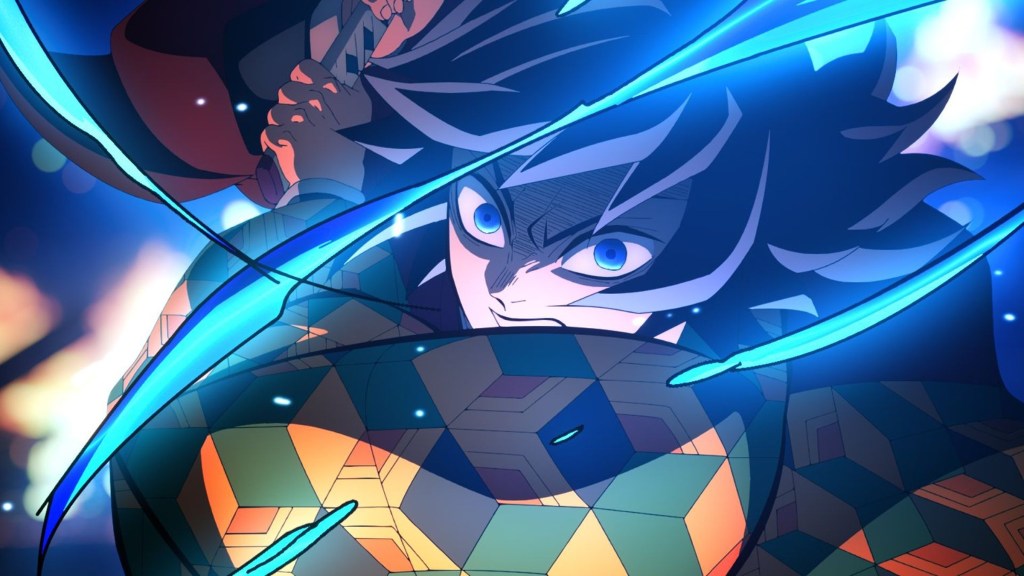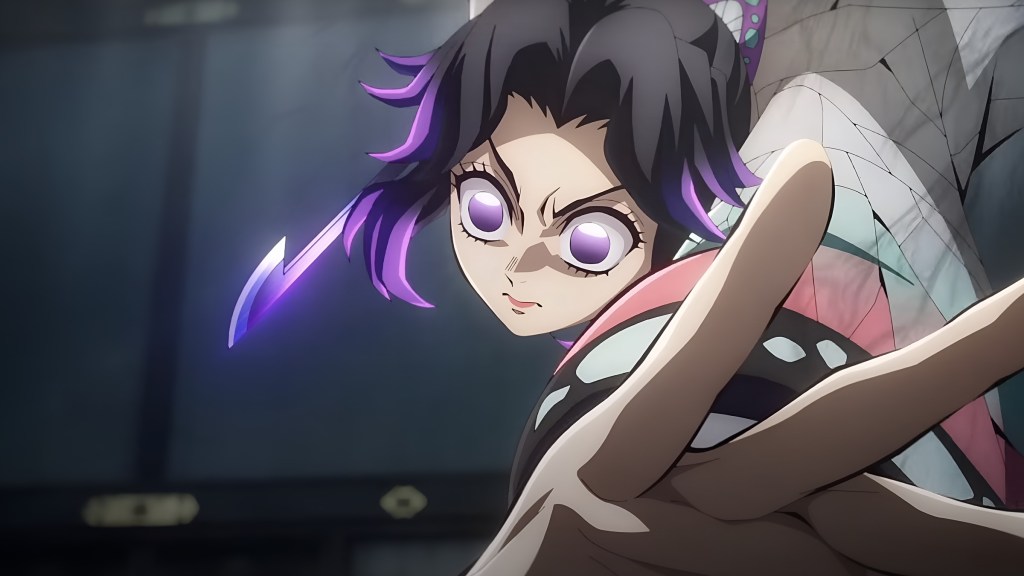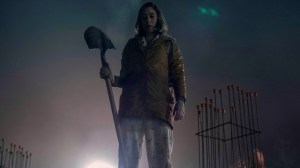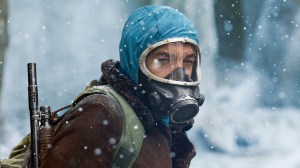Koyoharu Gotouge’s acclaimed Weekly Shonen Jump manga Demon Slayer concluded in 2020, and its anime adaptation is now tackling the Infinity Castle Arc through a trilogy of films. The first installment premiered in Japan on July 18, 2025, before arriving in U.S. theaters on September 12, where it broke multiple records with its debut. From this point forward, the story only grows more intense as the showdown against the demons unfolds within the endless labyrinth. At the end of the Hashira Training Arc, the Demon Slayers finally corner Muzan Kibutsuji, but their plans are quickly derailed by Nakime, the Biwa demon, who traps the Corps inside the Infinity Castle.
Videos by ComicBook.com
The final arc is divided into two parts: the Infinity Castle Arc and the Sunrise Countdown Arc. For now, only the first part is expected to be adapted in the trilogy, though no official confirmation has been given. While the arc is action-packed and full of emotional moments that add more character depth, it is far from flawless. During serialization, it received mixed reviews from fans, though much of the dissatisfaction faded with time. Now that the anime will be adapting the entire final arc, we will have to witness the most disappointing parts of the show, which can’t be mended in the anime. Not to mention the first part itself shows that there will be changes from the source.
Warning: This article contains spoilers from the Demon Slayer manga!
3) Unanswered Questions About the Demon Slayer Mark’s Curse

The records of the Demon Slayer Mark were lost in the annals of history after the Sengoku Era, when Corps members were still learning the breathing techniques under Yoriichi Tsugikuni. Born with a mark himself, Yoriichi was able to help those around him awaken theirs, as if through resonance. In the Taisho Era, Tanjiro joined the Corps with the same mark and breathing technique as Yoriichi, which is why the Hashira gained the power that comes with awakening the Mark.
However, there is a steep price for such power: anyone who awakens the Mark is fated not to live past the age of 25. Deaths among Demon Slayers increased during the Sengoku Era, though it remains unclear whether the marked warriors perished in battle or succumbed to an illness caused by the mark itself. During the Hashira Meeting following the defeat of Upper Moons Four and Five, Shinobu Kocho and Muichiro Tokito remark that awakening the Mark is akin to defying death itself.
With the exception of Tanjiro, only the Hashira awakened their Marks, and most of them perished in the final battle, leaving only Giyu and Sanemi alive in the end. Because Tanjiro bore a mark similar to Yoriichi, his survival was justifiable, but the fate of Giyu and Sanemi remains uncertain. At the time of battle, they were 21 years old, and it is never revealed whether they lived beyond 25. While many fans assume the curse was lifted after Muzan’s death, its origins are shrouded in mystery, and it is unclear whether it was ever connected to the demon progenitor at all.
2) The First Part Excluded a Key Scene From the Manga

During Akaza’s battle against Giyu and Tanjiro, the anime cut one of the most impactful scenes that highlighted the Water Hashira’s resolve. In Chapter 154, Tanjiro collapses from his injuries, leaving Giyu to face the Upper Rank Three alone. Despite being gravely wounded himself, Giyu refuses to give in. The situation was more dire than ever since Akaza wouldn’t die even after getting decapacitated. He could’ve easily made a full recovery while the two Demon Slayers he was fighting against were barely able to move.
At that moment in the manga, he recalls his sister and Sabito, still burdened by the guilt of failing to protect them. Determined not to repeat the same mistake, Giyu vows that he will never allow his family or friends to die in front of him again, directly referring to Tanjiro. This moment not only emphasizes his unwavering resolve but also deepens the bond between the two. The scene leads directly into the moment when Koyuki reaches for Akaza’s hand. In contrast, the anime depicts Giyu standing before Akaza and declaring that he should be killed first before Tanjiro, a change that significantly softens the emotional weight of the moment.
By omitting his internal monologue, the adaptation diminishes both Giyu’s determination and his relationship with Tanjiro. While the Infinity Castle film has already made minor deviations from the manga, such as excluding the glimpse of baby Hakuji, this particular change felt especially crucial. With more adaptations of the final arc on the horizon, fans can only hope that future installments retain these kinds of inner monologues that reveal the characters’ deepest struggles and convictions.
1) Several Character Deaths Happened in a Short Span of Time

An arc or an entire story being good and bad has nothing to do with the number of character deaths, but the way they are handled. Demon Slayer was at the top of its game during the Infinity Train Arc with the way it handled Rengoku’s death. The impact caused by his death, the sheer amount of emotional depth, and the way it was concluded, everything was simply too perfect. However, that’s to be expected since he was the only focus in the entire arc.
Things were a lot different in the final arc when every character was fighting someone powerful. The problem is that a lot of them died in such a short span of time that it didn’t give the manga readers a chance to fully process what was happening. These anticlimactic deaths caused a lot of controversy during the manga’s serialization, and rightfully so. Not to mention that rarely anyone would be happy with more than half of the main cast being killed off, especially when some of those characters were their personal favorites.
Whether it’s Shinobu, Muichiro, Genya, Gyomei, Obanai, or Mitsuri, they all have considerable fan followings. The anime can’t change the fact that some of the most beloved characters in the series will meet their end during the main battle. However, it still has the opportunity to at least make these deaths a little more impactful with extended scenes or even original scenes. It could’ve worked in a TV season format, but not so much in an anime film where everything is happening one after the other.
What do you think? Leave a comment below and join the conversation now in the ComicBook Forum!
Want to stay up to date on the biggest geek entertainment news? Add us as a preferred source in Google – HERE.








